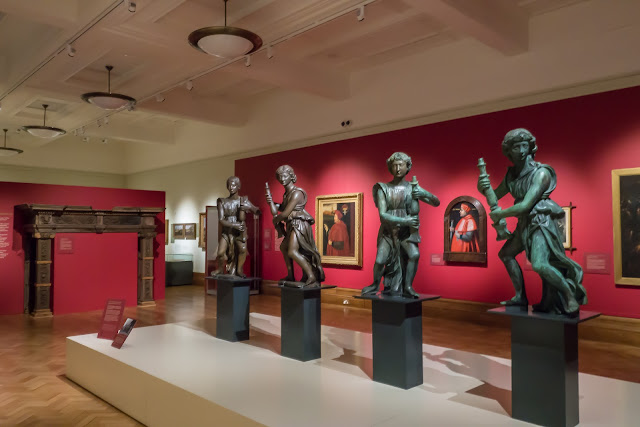Cardinal Wolsey's Angels come to Ipswich

Thomas Wolsey was born in Ipswich, Suffolk, around 1475. His father, who is thought to have been a butcher, provided a good education and he went on to Magdalen College, Oxford. Wolsey was ordained in around 1498. He became chaplain to the archbishop of Canterbury and later chaplain to Henry VII, who employed him on diplomatic missions. Wolsey was a cardinal and statesman, Henry VIII's lord chancellor and one of the last churchmen to play a dominant role in English political life. Wolsey made a name for himself as an efficient administrator, both for the Crown and the church. When Henry VIII became king in 1509, Wolsey's rapid rise began. In 1514, he was created archbishop of York and a year later the pope made him a cardinal. Soon afterwards the king appointed him lord chancellor. Wolsey used his great wealth to indulge his passion for building - at his London home, York Place in Whitehall, and at Hampton Court, 20 miles south west of London. He also founded Car...
